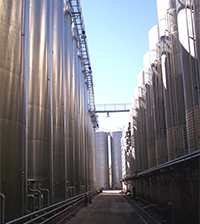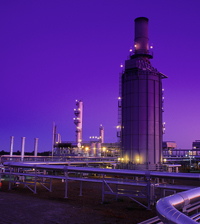
The Stainless Steel Family - An Overview
Stainless steel is a family of corrosion resistant steels containing chromium in which the chromium forms a passive film of chromium oxide (Cr2O3) when exposed to oxygen [1]. This phenomenon is called passivation and is seen in other metals, such as aluminium and titanium.
The film layer is impervious to water and air and quickly reforms when the ...
View Article



